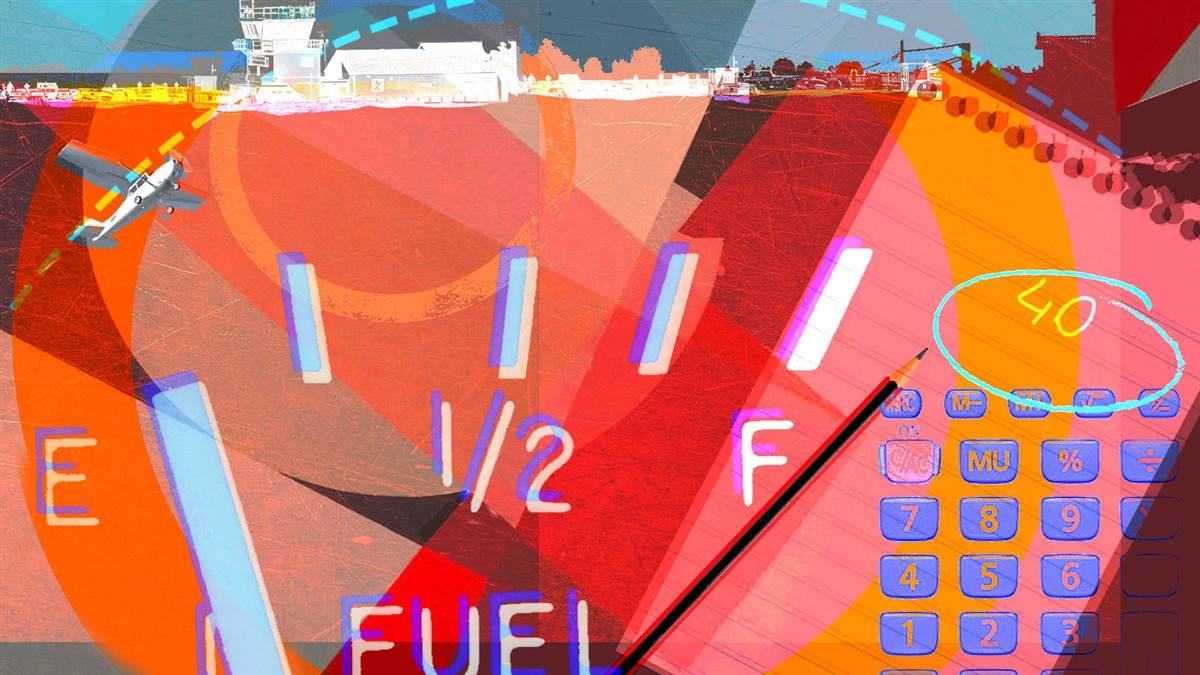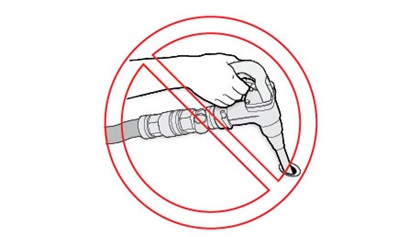Flight Lesson: Unless you’re on fire
Fuel management, warning lights, and closed fuel pumps

Recognizing that one of the major causes of aircraft accidents is fuel mismanagement, my strategy is simple: Always overestimate fuel burn and err on having more fuel. Besides, you can get 100LL at virtually any airport charted to have it, at any time, right?
I was in Maryland on business and looking to sneak in a bit of personal flying. A friend of mine, then a flight instructor candidate, tagged along for a flight down to Kitty Hawk’s First Flight Airport (FFA). We planned an ambitious trek with a southbound fuel stop before arriving at FFA, which has no services. My co-pilot, however, also wanted to make another stop farther south, past Cape Hatteras, to another field on the Outer Banks without fuel. I noted several fueling options on the sectional chart for the return flight, so everything appeared set.
The flight and fueling en route to Kitty Hawk went without incident. Departing there, we enjoyed a tailwind that got us to the next field almost instantly. However, when we arrived, my concerns grew. Virtually every airport I fly to or from in California has avgas for sale. But here I was, flying long distances to airports with no services.
With few daylight hours remaining and being hundreds of miles from our destination with a headwind, we started back home. The winds were strengthing, and we had spent a long time aloft. Over Albemarle Sound, we reviewed our fuel options. Minimizing the dogleg, we selected Crisfield (W41).
As we approached W41, one of the fuel annunciator lights illuminated. I did my best to shrug it off, as, based on the calculations, we should have plenty of fuel.
Upon landing, we taxied to the small terminal shortly after 5 p.m., hopeful to fill our fuel tanks. But we learned the self-serve pumps at W41 are disabled when unattended, and we had just missed their operating hours by minutes.
We selected a towered airport 25 miles away. But as we lined up on the runway, the other fuel warning annunciator lit up. Now I was starting to really worry. We should have plenty of fuel, so why were both annunciators screaming at me? We climbed to a low cruise altitude and constantly scanned for possible fields as the two red lights blinked on and off in a flight that seemed to last an eternity.
We landed at the other airport and taxied problem-free to the FBO, where we were promptly fueled. As we decompressed indoors, we deliberated on how much we would need, given all the warnings, concluding that it must be more than 40 gallons (the Cessna has a usable capacity of 46).
When the fueler handed us the slip, I asked, “How much over 40 did we take?”
“Only 37, gentlemen.”
My calculations were correct. Despite every cockpit warning telling us we were low on gas, we still had not eaten into the calculated fuel reserve.
The experience demonstrated the power of overestimation and building in a safe buffer when it comes to fuel—living the principle of “the only time you have too much fuel is when you are on fire.” However, I will make sure I consult the chart supplement for operating hours on fuel service.
Christopher L. Freeze is a commercial pilot, flight instructor, and writer living in the Washington, D.C., area.
 WHAT HAPPENED
WHAT HAPPENED
